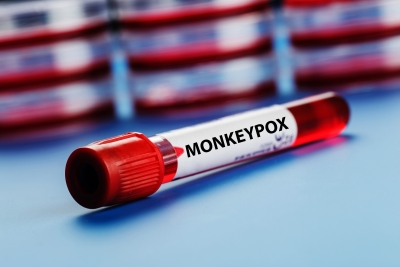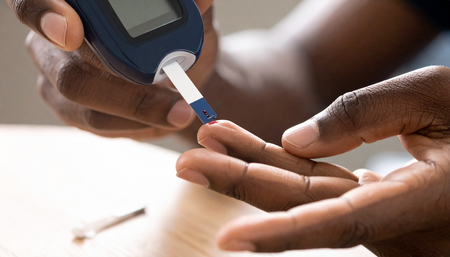
New Delhi, June 24 (IANS) Australian researchers have found that honey made by native stingless bees possesses distinctive antimicrobial qualities, offering new hope in the fight against the worldwide threat of antibiotic resistance.
Known locally as “sugarbag” honey, honey from three species, such as Austroplebeia australis, demonstrates remarkable antimicrobial activity, Xinhua news agency reported.
Researchers from the University of Sydney noted that the antimicrobial activity remains intact even after undergoing heat treatment and long-term storage — a trait that could benefit commercial medical applications.
This resilience sets it apart from honey produced by European honeybees, whose antimicrobial effects often rely on hydrogen peroxide and can diminish over time or with heat.
The study found that stingless bee honey’s antimicrobial power relies on both peroxide and non-peroxide mechanisms, remaining effective even without hydrogen peroxide — unlike manuka honey, whose potency depends mainly on certain plants.
The study’s lead author, Kenya Fernandes at the University of Sydney, said the honey’s consistent antimicrobial effects across locations suggest the bees themselves, not just the plants, play a key role.
“Antimicrobial activity is consistent across all sugarbag samples tested, unlike honeybee honey which can vary significantly based on seasonal changes and floral sources,” said co-author Dee Carter, Professor at the University of Sydney.
Traditionally used by indigenous Australians for food and healing, sugarbag honey is now seen as a promising natural alternative to synthetic antibiotics, said the study detailed in Applied and Environmental Microbiology, published by the American Society for Microbiology.
Although each stingless beehive produces only half a litre of honey per year, their low maintenance could enable larger-scale production.
With regulatory approval, this honey can now access high-value markets, and ongoing research into its antimicrobial properties offers new promise against antibiotic resistance, researchers said.
–IANS
rvt/




